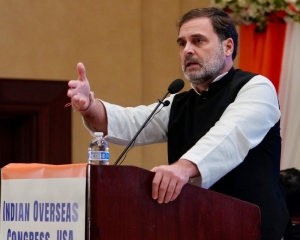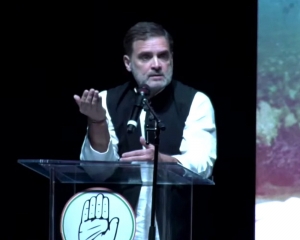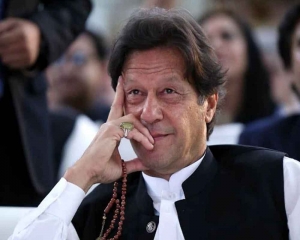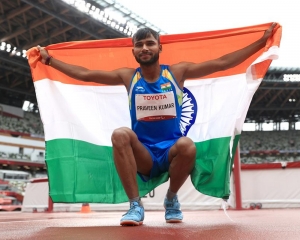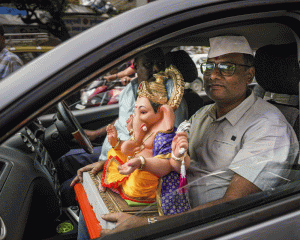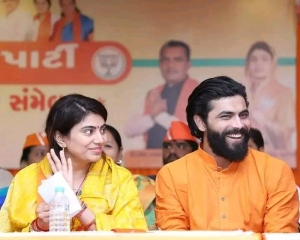In the last two years, India's travel and tourism industry has flourished in an unprecedented manner. In the past, Westerners and even visitors from other Asian countries associated India mainly with landmarks like the Taj Mahal, Lal Qila, Qutub Minar, and Jama Masjid. Although India had several opportunities in the 1980s and 1990s to showcase its rich heritage to the world, leadership failed to seize the moment and market the country's lesser-known attractions. Events like the Non-Aligned Movement meeting in 1982 and the Commonwealth Heads of Government Meeting in 1984 were limited to New Delhi. The same pattern followed during the SAARC summit under Prime Minister Rajiv Gandhi's tenure.
The world, however, took notice during Chinese President Xi Jinping’s visit to India in 2014, where Prime Minister Narendra Modi hosted him in Ahmedabad and Raj Nagar, Gujarat. This visit stood out for the unprecedented camaraderie between Modi and Xi. The "Chai Pe Charcha" and stroll along the Sabarmati River, along with traditional Gujarati delicacies, were a new experience for Xi (though, in an ironic twist, while enjoying hot and crispy pakoras, Xi had already instructed the PLA to provoke incidents along the India-China border).
After this visit, India hosted several significant events, including the G-20 summit. For the first time in India's history, global dignitaries were taken beyond the capital to experience the diversity of the subcontinent. They were captivated by India's opulence and natural beauty, pushing the country to the forefront of desirable travel destinations.
India truly has something for everyone. The enchanting beauty of Kashmir, the stunning landscapes of the northeast, the lush jungles of the south, and the winding rivers of Krishna, Kaveri, and Godavari, along with the mesmerizing western coastline, are sure to attract hundreds of thousands of tourists every year. The concept of tourism has evolved over the last decade, and it is no longer just about leisure. The serene locations across India can rejuvenate the spirit, and the ancient Ayurvedic medicine system offers a holistic experience, revitalizing both body and soul.
An untapped potential in India’s tourism sector is MICE tourism—Meetings, Incentives, Conferences, and Exhibitions. Pradeep Shetty, president of the Federation of Hotel and Restaurant Associations of India, believes that MICE tourism could play a crucial role in positioning India as a global tourism powerhouse.
Beyond its cultural and scenic wealth, the sector offers immense job and business potential, catering to both skilled and unskilled labour, as well as entrepreneurs. Hotels in India are no longer limited to luxury chains like Taj Residencies or Hilton. Even clean, hygienic, and safe accommodations that serve regional cuisine with a smile can qualify as excellent hospitality options, regardless of star ratings.






